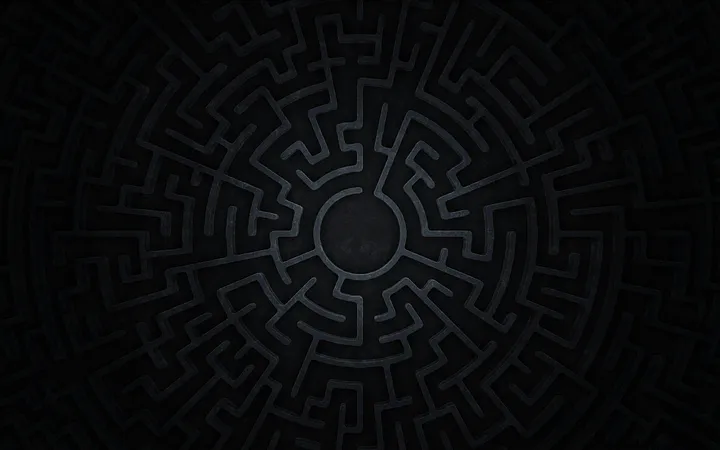- Published on
Dark Patterns: How You Are Being Deceived Through Manipulative Design Techniques
4 min read
- Authors
- Name
- Sajid Javed
- @sajid.javed

Table of Contents
Have you ever found yourself unintentionally signed up for a newsletter, accidentally agreed to some terms and conditions, or purchased something you didn’t intend to, all because of misleading design? If so, you’ve been a victim of dark patterns.
What are Dark Patterns?
Dark patterns are tricks used in websites and apps that make you do things that you didn't mean to, like buying or signing up for something. The term dark pattern was coined by Harry Brignull in July 2010 with the aim of shedding light on these manipulative practices, and he even started a website called darkpatterns.org to spread awareness about them.
Types of Dark Patterns
There are various types of dark patterns, and while some are blatantly deceptive, others are more subtle. Here are some of the most common ones:
Trick Questions: You respond to a question, which, when glanced upon quickly, appears to ask one thing, but if read carefully, asks another thing entirely.
Disguised Ads: Advertisements that are disguised as other kinds of content or navigation, in order to get you to click on them.
Forced Continuity: When your free trial with a service comes to an end and your credit card silently starts getting charged without any warning. In some cases, this is combined with an intentionally difficult cancellation process.
Friend Spam: The product asks for your email or social media permissions under the pretense it will be used for a desirable outcome (e.g., finding friends), but then spams all your contacts in a message that claims to be from you.
Hidden Costs: You get to the last step of the checkout process, only to discover some unexpected charges have appeared, e.g., delivery charges, tax, etc.
Misdirection: The design purposefully focuses your attention on one thing to distract your attention from another.
Price Comparison Prevention: The retailer makes it hard for you to compare the price of an item with another item, so you cannot make an informed decision.
Roach Motel: You get into a situation very easily, but then you find it is hard to get out of it (e.g., a subscription).
Sneak into Basket: You attempt to purchase something, but somewhere in the purchasing journey the site sneaks an additional item into your basket, often through the use of an opt-out radio button or checkbox on a prior page.
Bait and Switch: This is when a user sets out to do one thing, but they are steered into doing something else. For example, when software that you install also installs some other unwanted software, without making it clear during the installation process.
Why Do Companies Use Dark Patterns?
The simple answer is: because they work. Dark patterns are effective at driving up conversions, getting users to see ads, or achieving whatever goal the company has in mind. However, they come at the cost of user frustration, mistrust, and can lead to users abandoning the service altogether.
How to Spot and Avoid Dark Patterns
Being aware of dark patterns is the first step to avoiding them. Always read the fine print, especially when it comes to terms and conditions or any financial transactions. If something feels off or too good to be true, it probably is. Use tools and plugins that warn you about websites known for using dark patterns.
Conclusion
Dark patterns are a deceptive design practice that prioritizes the company's goals over the user's needs. While they might offer short-term gains for businesses, they erode trust and can harm the brand's reputation in the long run. As users, being aware and vigilant is our best defense against these manipulative tactics.